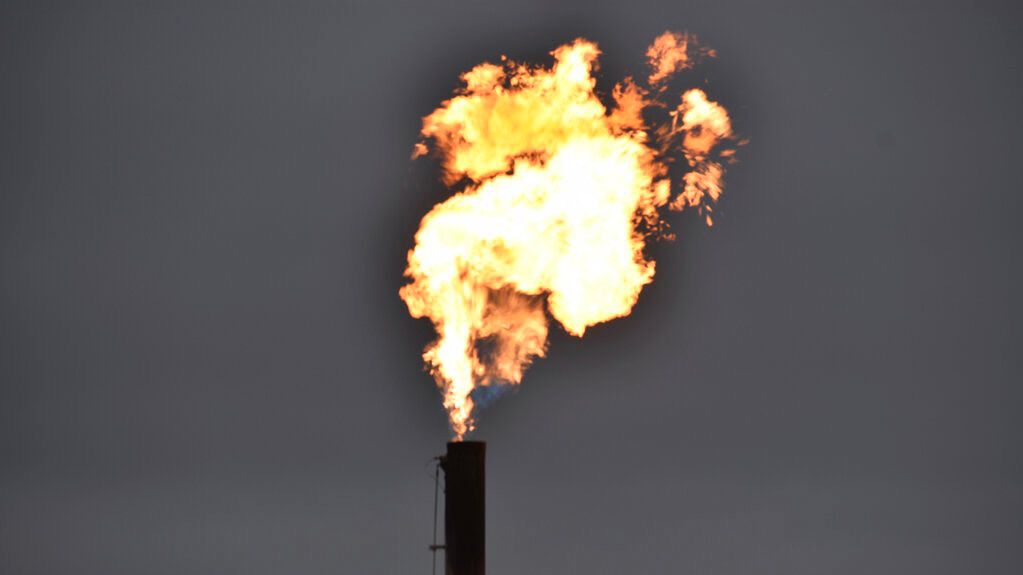The Department of Energy and Environmental Protection Agency announced $850 million in federal funding Friday for projects to reduce methane emissions in oil and gas operations.
Targeted toward small oil and natural gas operators, the funds are intended to help them transition to technologies that reduce methane emissions, as well as monitor and measure them.
Thirty times more powerful than carbon dioxide, methane accounts for nearly 30% of the greenhouse gases that contribute to global warming. Facilities involved in the production of fossil fuels are the largest industrial source of methane in the U.S., according to the agencies.
“Tackling methane is part of a comprehensive and historic climate effort that is spurring technological innovation, creating good-paying jobs and economic opportunity, cutting pollution in every sector and holding polluters accountable,” National Climate Advisor Ali Zaidi said in a statement.
The funds can be used to purchase what the agencies say are commercially available technology solutions to reduce methane emissions and early commercial technologies to address methane leaks from underperforming wells.
The funds will also be used to monitor and measure methane emissions in a way that fosters participation with affected communities and to enhance methane detection by creating partnerships between oil and gas producers, researchers and environmental justice groups.
The funding comes about five months after the EPA proposed a rule to impose a Waste Emissions Charge on oil and gas producers for exceeding Congressionally set methane emissions levels. Intended to incentivize technology to prevent methane gases from entering the atmosphere, the rule is the result of a new Methane Emissions Reduction Program included in the Inflation Reduction Act of 2022, which provided new authorities under the federal Clean Air Act to reduce emissions from the oil and gas industry and included more than $1 billion in funding.
The Waste Emissions Charge applies to facilities that emit more than 25,000 metric tons of carbon dioxide equivalent per year. The fees begin at $900 per metric ton in 2024 and increase to $1,200 in 2025 and $1,500 in 2026. Under the terms of the Inflation Reduction Act, companies can reduce or eliminate the charge by deploying methane-reduction technologies the EPA says are readily available.
In 2021, a group of 150 countries including the United States agreed to reduce global methane emissions by at least 30% below 2020 levels by 2030 as part of the Global Methane Pledge signed during the United Nations climate conference.
According to the U.N., reducing methane emissions caused by humans this decade by 45% can keep global warming from exceeding 2 degrees Celsius — an irreversible tipping point after which the world’s population is at risk of polar ice sheets collapsing, coral reefs dyring and other natural disasters. The U.N. estimates reducing methane emissions can prevent 0.3 degrees Celsius of global warming by 2050.



